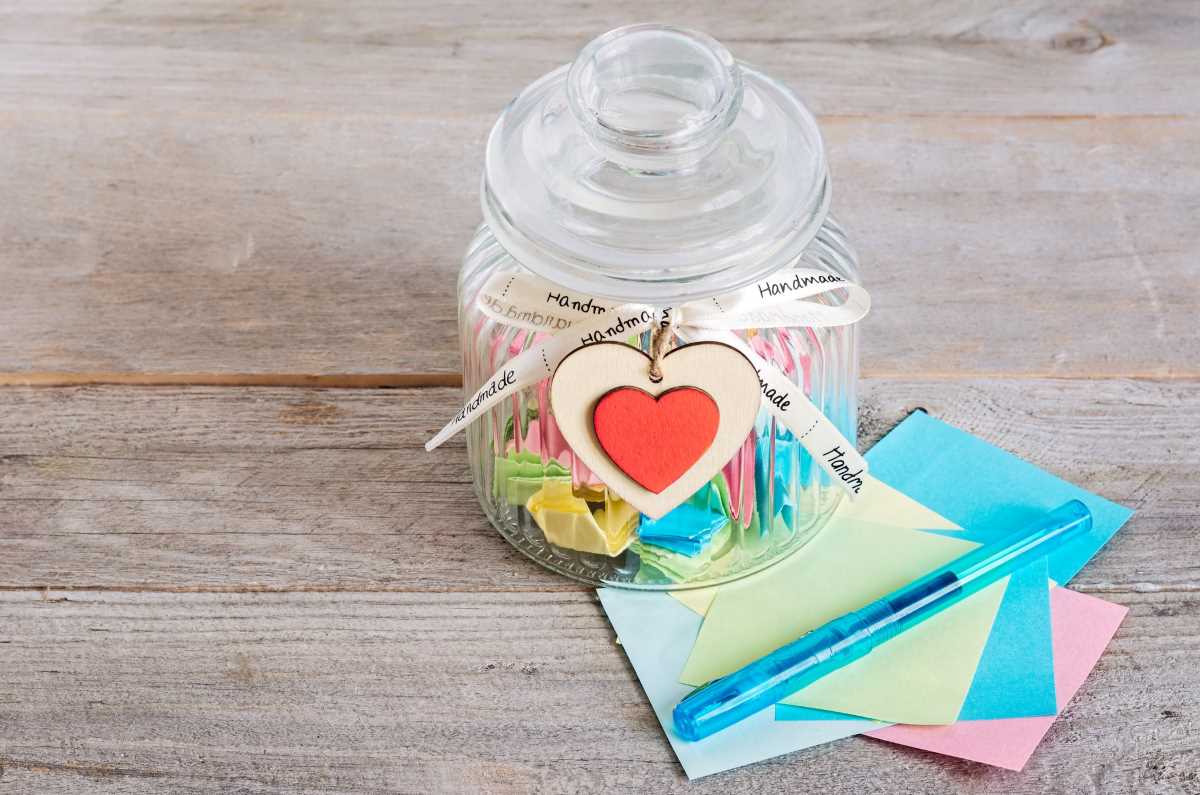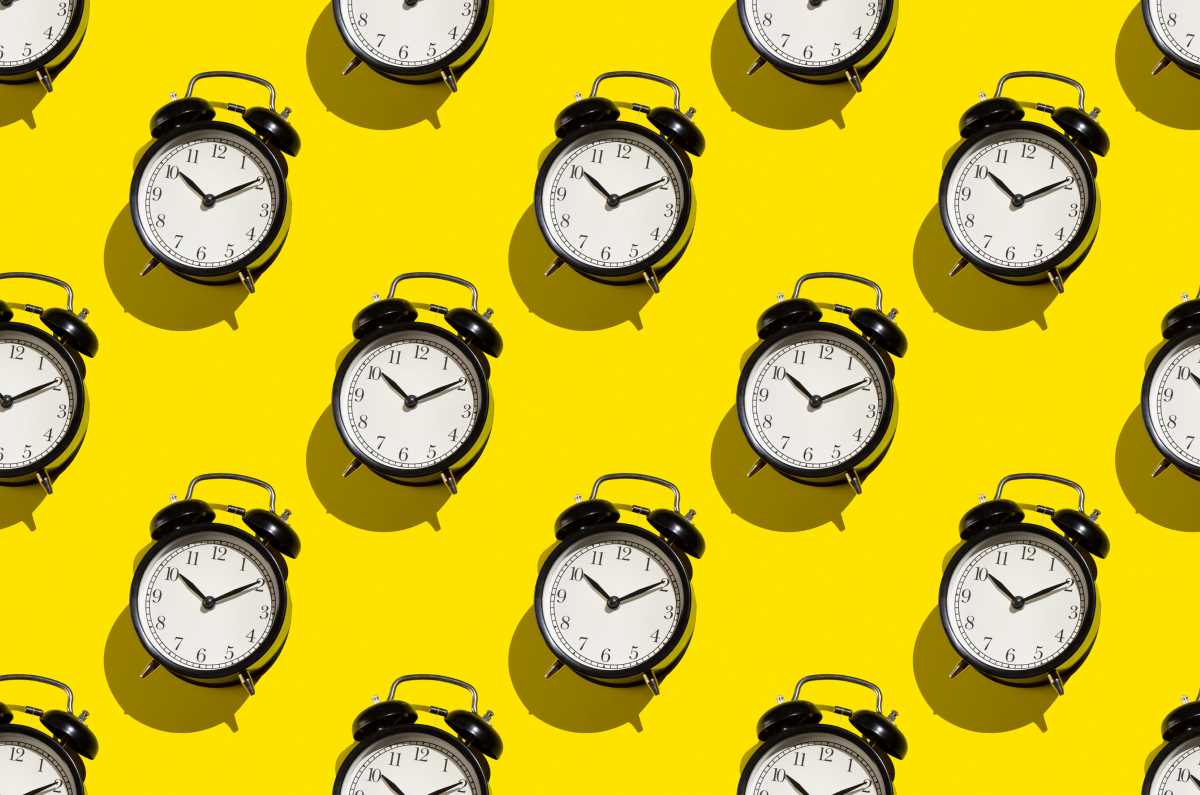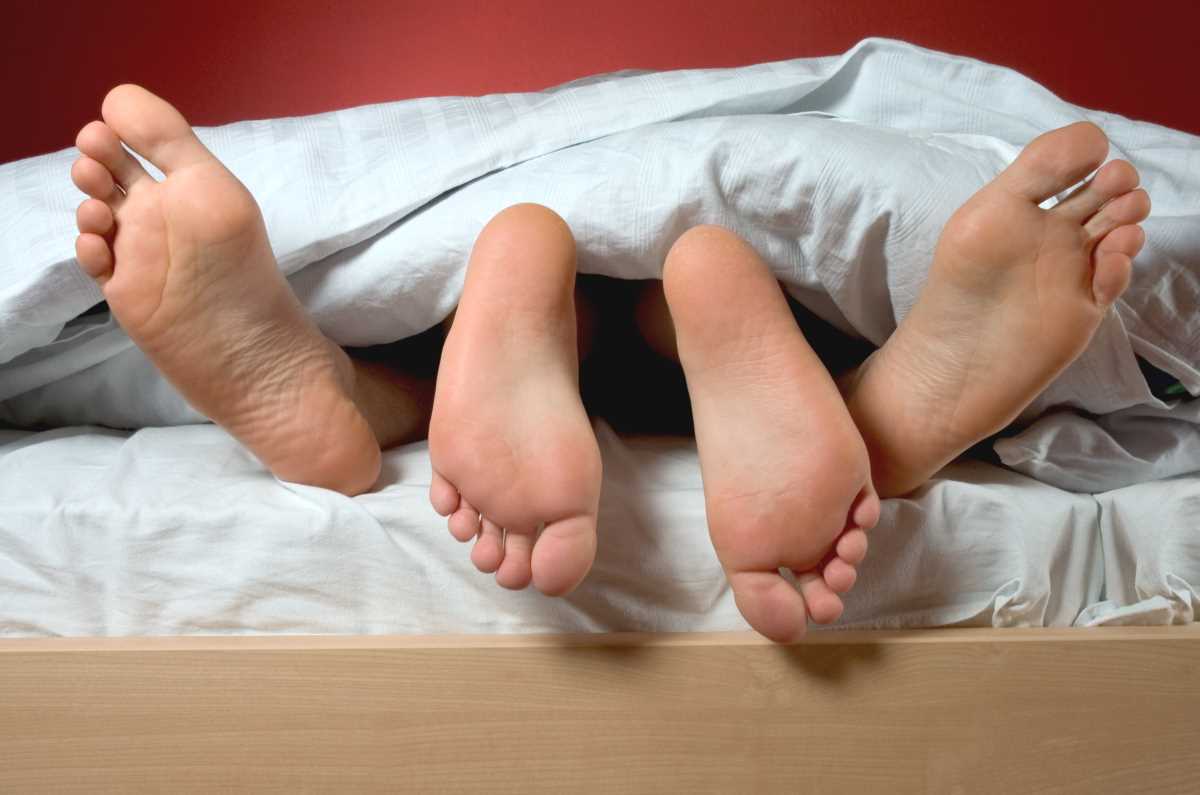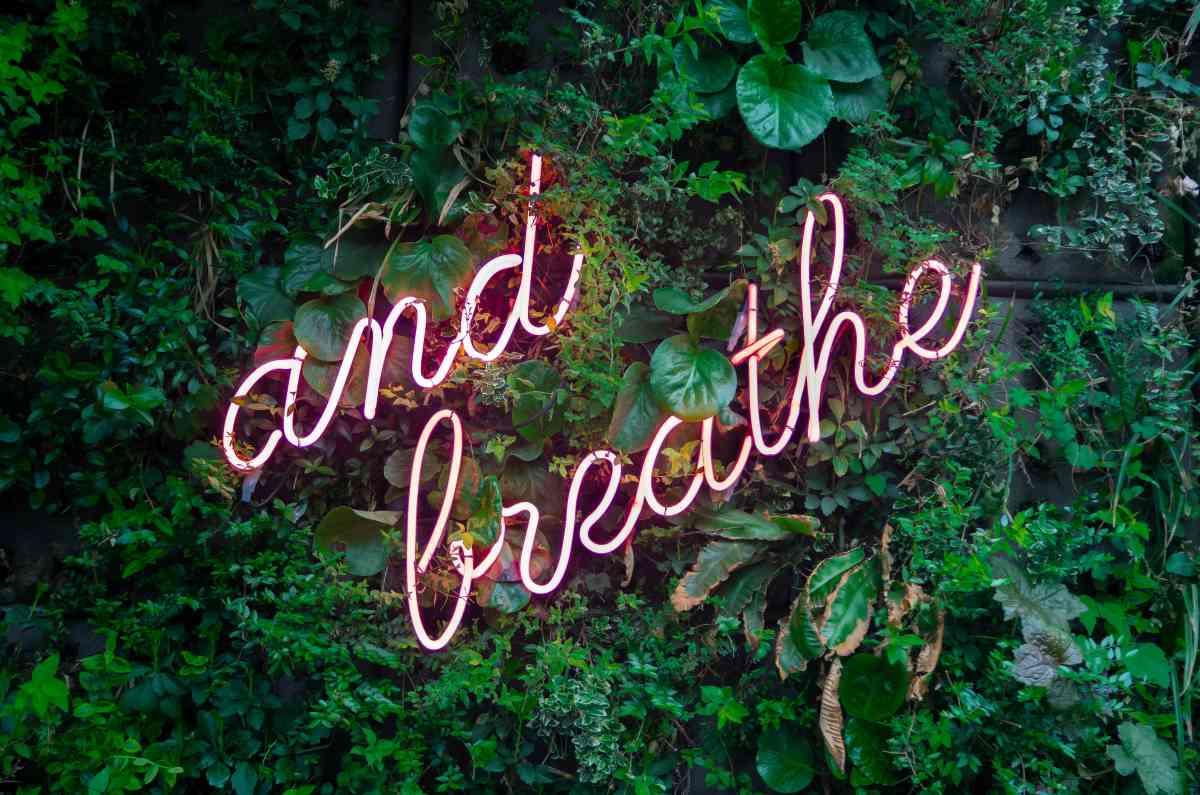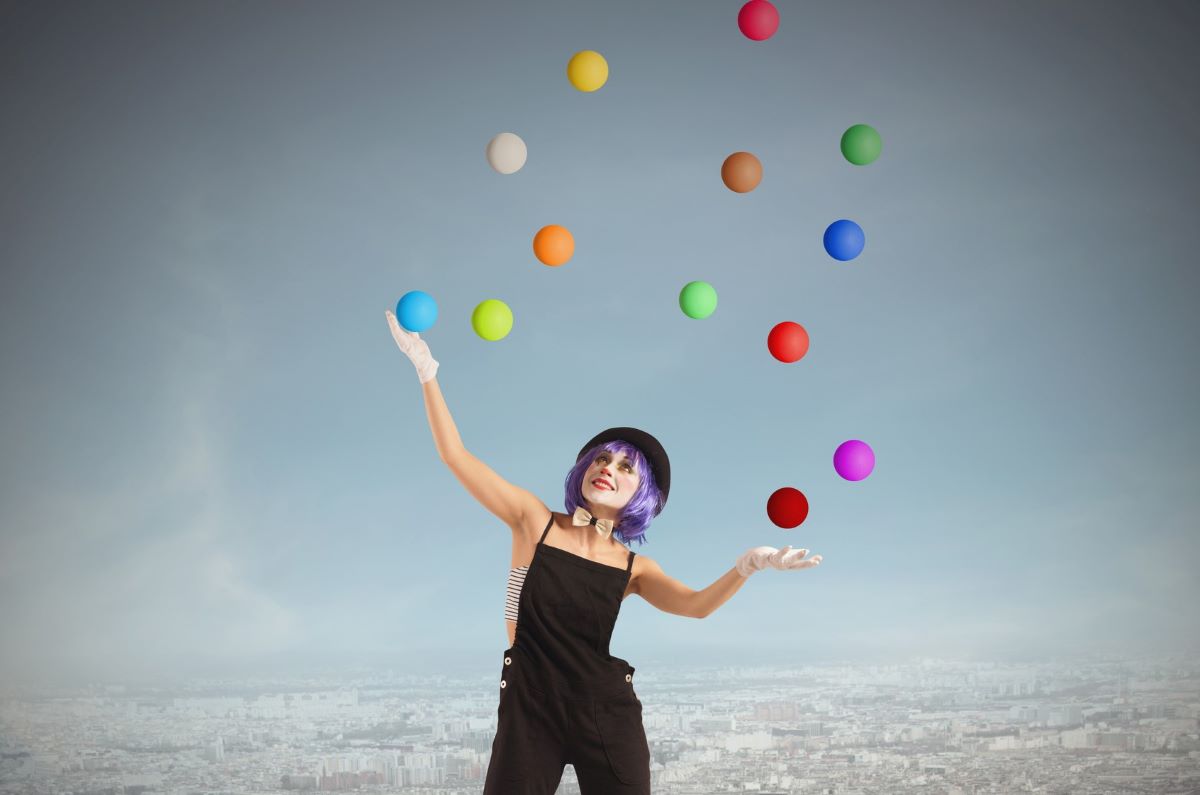Tips for preparing meals with less stress
There are some days when the thought of preparing and cooking a meal is so overwhelming. You’re tired, you’re in pain, and it seems like too much effort. Curling up on the couch and ordering a pizza delivery seems like a much better option! However, one of the best things you can do to look after yourself when you have a chronic condition is to eat healthfully. Sadly (for me at least), that means having the local pizza joint ? on speed dial isn’t ideal.
But there are things you can do to make cooking easier and less hassle when you’re not feeling your best. Here are our top tips:
Plan your weekly meals
It’s not a particularly exciting thing to do, but making a plan for your coming week is really helpful. It ensures that you have all the ingredients you need, and it stops you from wasting money on the things you don’t. And if a case of brain fog hits when you’re standing in front of the fridge, your meal plan will sort you out. Check out The Spruce Eats top meal planning apps for 2021.
Shop online
This pandemic has really made online shopping easier and more efficient (hello new shoes ?). But as far as groceries go, it’s never been easier to order online and get exactly what you need delivered to your door. Or you can organise to click and collect, without having to leave your car. Perfect on a chilly winter’s day.
Give yourself a break
Not every meal has to be Masterchef worthy, using exotic ingredients and involving many steps. It just has to be tasty and healthy. Have a few recipes up your sleeve that you know you can cook with minimal effort or fuss and with the ingredients you have at home.
Organise your kitchen
Ensure the things you use regularly are within easy reach – that goes for ingredients and cooking utensils. And move the things you only use occasionally out of your way (e.g. lower cabinets, cupboard in the garage, sideboard). Don’t place heavy items on high shelves – it’s very easy to drop these things – especially if you’re tired. Use a kitchen trolley on wheels to move heavy pots from the bench to the cooktop or move meals from the kitchen to the dining area or lounge.
Take a load off
Keep a stool nearby so you can sit while you prepare your meals.
Clean as you go…or get others to do it for you
There’s nothing worse than cooking a lovely meal, relaxing while you eat it, then looking over to see a stack of dishes taunting you. So clean up the bulk of the mess as you go. Load the dishwasher, soak the stubborn pots and pans, and wipe down the benches. Or better still – rope in your partner/kids/housemates to help you. And it’s the perfect opportunity to catch up with each other.
Frozen fruit and vegies are great time savers, packed with nutrients
You can buy them at the supermarket, or prepare your own. Find out how you can freeze fruit, vegies, bread and herbs in this article by Good Food.
Get prepped!
Food prepping has taken over the internet, and there are endless articles, apps, videos and blogs to help you. You can prep your meals days in advance, then all you need to do is pull the pre-chopped, washed and/or cooked ingredients out of the fridge or freezer to throw together a meal in no time. Frugal and Thriving has a great guide to meal prepping.
Batch cook
When you’re feeling inspired and you have the time and energy, put on some music or a podcast, and cook batches of food to freeze. Then it’s just a matter of reheating and eating. Perfect! Check out My Foodbook for some practical tips to help you when it comes to batch cooking.
One pot wonders
Save yourself lots of mess and dirty dishes by cooking your meal in one pot. There are many books and websites with tasty recipes you can try that only require one pot (or pan). Borrow some cookbooks from your local library or fall down the rabbit hole of Pinterest for lots of inspiration. Here’s Taste’s 21 healthier one pot recipes. They all look delicious and very hearty, but I think I’m going to have to try the pumpkin, silverbeet and mushroom bake this weekend! Yum.
Go, go gadget!
Use kitchen gadgets and other aids to save energy, protect your joints and make things much easier when cooking. Things like electric can openers, jar openers, tap turners and thick-handled knives can be lifesavers. Check out the range of products available from our online shop.
Make it a social occasion
Cooking doesn’t have to be a solitary event if you have other people in the house. So get them involved. It’s an excellent way for kids to learn about cooking and becoming self-sufficient. But it’s also an opportunity to spend time together and share the load.
Slow it down with a slow cooker
Prepare your evening meal earlier in the day when you have more energy. Pop all your ingredients in a slow cooker and let it do its thing while you work, rest, read a book or put your feet up. Hours later, you’ll have a flavoursome pot of goodness to enjoy. Check out these slow cooker recipes from The Australian Women’s Weekly.
Take breaks
Sometimes we push ourselves just so we can get a task or chore done, but we can end up pushing ourselves past our limits. Sigh – we’ve all been there and paid the price. So whether you’re making the evening meal or you’re prepping for the week ahead, take a break (or two) to stretch, get some air, drink some water, and just move around. Standing in one place for a long period is not conducive to happy, pain-free joints. So take a break.
Drink water
When we’re in the middle of a task and focused, we often forget to drink enough water. Don’t allow yourself to become dehydrated – have a glass of water nearby and drink regularly.
Cleaning up
We’ve already mentioned cleaning as you go and using only one pot, but there are other things you can do to make cleaning easier, such as:
- use non-stick foil or baking paper to line your trays, as well as roasting bags; they’ll lessen the mess on your trays – which means less scrubbing
- if you have a dishwasher, load it as you finish with dishes and cooking utensils
- soak dirty pots and pans before you start scrubbing to loosen any baked-on gunk
- clean up spills immediately
- put ingredients away as soon as you’re done with them
- keep a bowl nearby for scraps and rubbish, or bring the kitchen bin closer to where you’re working.
Call the pizza joint ?
Sometimes take away food is the option that’s best for you. And there’s nothing wrong with that, just as long as it isn’t a regular thing. Takeaway foods are generally high in salt, sugar and/or fats and don’t give us all the nutrients we need in a balanced diet. Read the Dietitians Association of Australia’s takeaway food tips for more info.
Contact our free national Help Line
If you have questions about managing your pain, your musculoskeletal condition, treatment options, mental health issues, COVID-19, telehealth, or accessing services be sure to call our nurses. They’re available weekdays between 9am-5pm on 1800 263 265; email (helpline@msk.org.au) or via Messenger.
More to explore
- Check out our recipes page
The recipes have been created by Melissa Jones, an Accredited Practising Dietitian. Melissa volunteers her expertise and knowledge to help us bring healthy and nutritious recipes to people with musculoskeletal conditions. - 12 energy-saving cooking tips when you are chronically ill
The Discerning You, June 2020 - 9 cooking hacks for people with chronic illness
The Mighty, November 2019 - A JIA warrior’s guide to baking
Arthur’s Place, May 2021 - Convenience meals
Baker Heart and Diabetes Institute, 2020 - Eating out
Baker Heart and Diabetes Institute, 2019 - Five easy ways to eat well with arthritis
Versus Arthritis, June 2021 - Kitchen hacks for chronic illness
Surrey Dietitian, June 2019 - Top 10 diet and nutrition tips for RMD patients
Rheumatology Republic, June 2021


